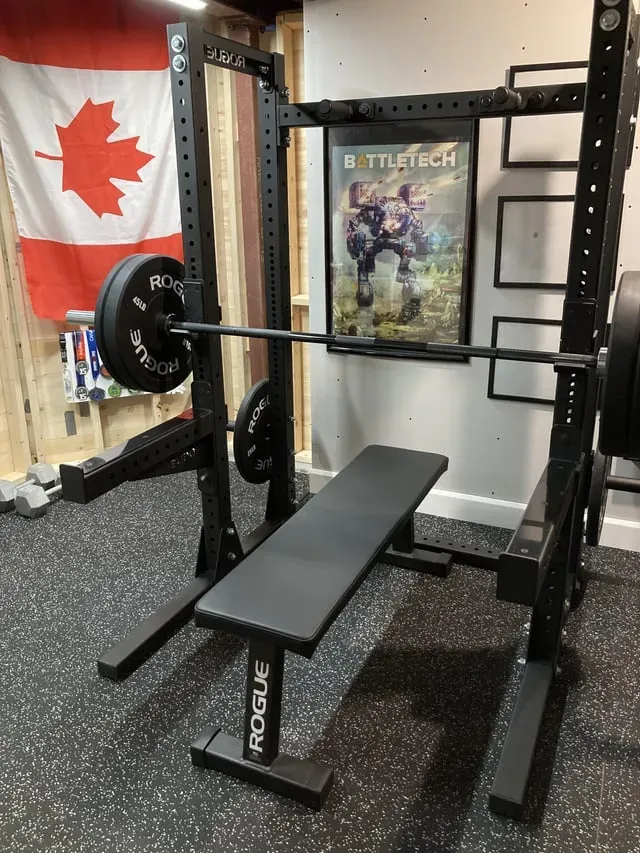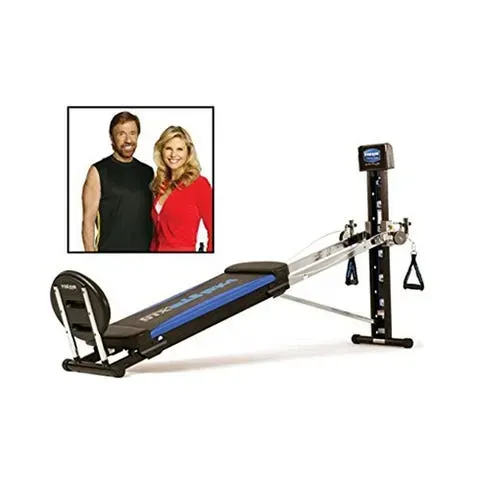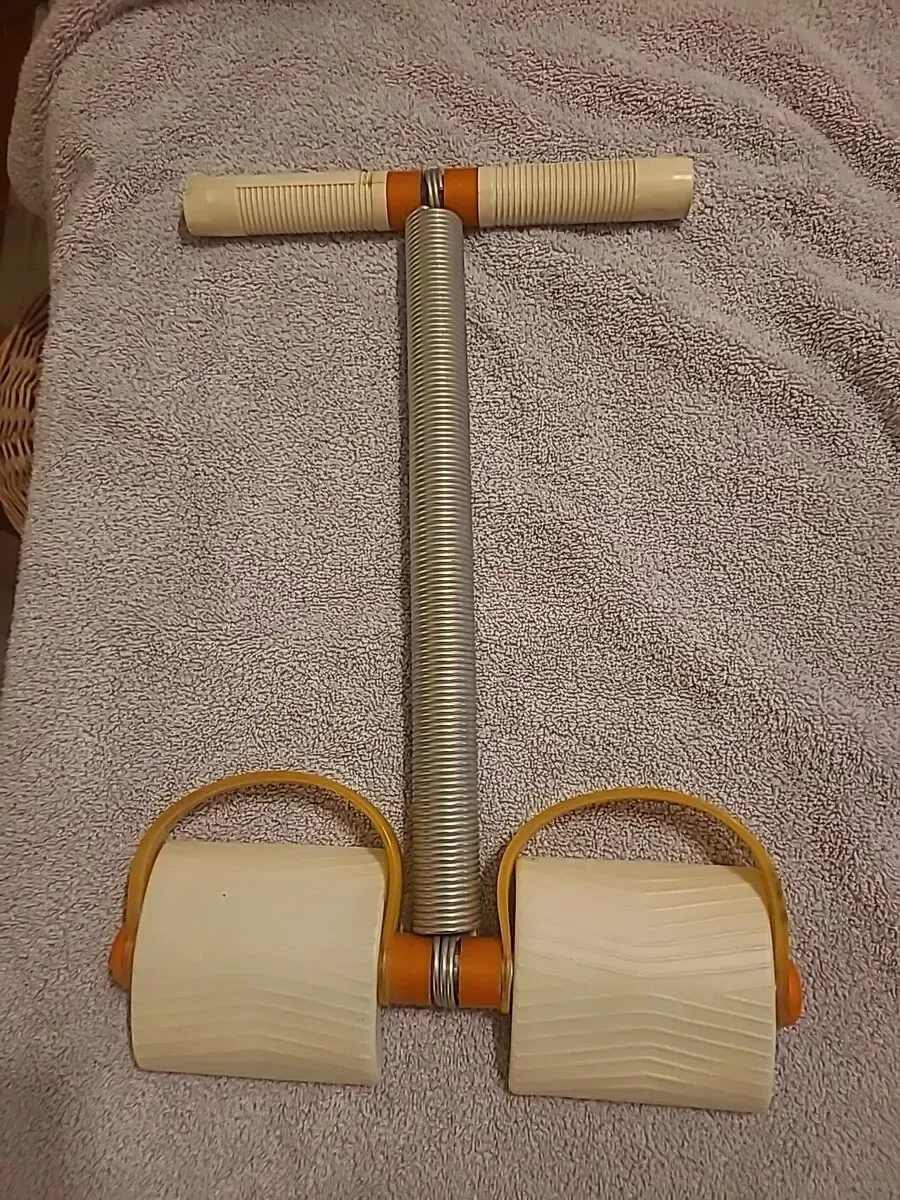Table of Contents
Remember the 1980s? Big hair, shoulder pads, and a sudden, intense desire to get "totally tubular" fit right in your living room. Before fancy connected machines and boutique studios on every corner, folks were figuring out how to sweat it out at home. This era wasn't just about leg warmers and neon spandex; it was the dawn of widespread home fitness marketing, pushing everything from simple contraptions to elaborate multi-gyms. You saw them on late-night infomercials, endorsed by smiling, impossibly fit people promising peak physical perfection with minimal effort. This was the golden age of 80s home gym equipment, a wild west of springs, pulleys, and questionable ergonomics that promised a beach body by summer.
Why the 80s Brought the Gym Home
Why the 80s Brought the Gym Home
Gyms Were Intimidating (and Expensive)
Look, before the 80s, hitting the gym wasn't the casual affair it is today. Think serious bodybuilders, sweaty weight rooms, and maybe a few intimidating characters grunting over barbells. For the average Joe or Jane just trying to shed a few pounds or feel a bit healthier, stepping into that environment felt like signing up for a gladiatorial contest. It wasn't welcoming, and frankly, it could be a bit scary. Plus, memberships weren't always cheap, and finding the time to commute, workout, and commute back felt like a second job. People wanted fitness, sure, but they wanted it on their terms, without the judgment or the time sink. This created a perfect opening for the idea of bringing fitness indoors, leading directly to the boom in 80s home gym equipment.
The Power of the Screen and the Celebrity
Then came the tube. Television became a powerful force, not just for entertainment, but for selling ideas and products. Late-night infomercials weren't just selling steak knives; they were selling transformation, promising ripped abs and toned thighs if you just bought this one amazing piece of 80s home gym equipment. Celebrities like Jane Fonda and Richard Simmons became fitness gurus, beaming their aerobic routines and pep talks right into your living room. You could follow along in your PJs, no need to worry about how you looked or if you were doing it "right" in front of others. This made fitness accessible, aspirational, and frankly, kind of fun. It democratized exercise, telling everyone they could achieve fitness goals without ever leaving the house. That accessibility, fueled by relentless marketing, was a huge driver behind the popularity of 80s home gym equipment.
Consider the shift:
- Gyms: Niche, often intimidating, time-consuming commute.
- Home Fitness: Accessible, private, fits into *your* schedule.
- Marketing: Shift from gyms advertising locally to national TV infomercials selling convenience and results.
- Celebrities: Transformed from movie stars/singers to fitness icons demonstrating exercises you could do *now*.
The Most Iconic 80s Home Gym Equipment
The Most Iconic 80s Home Gym Equipment
so once people decided sweating at home was the way to go, the market exploded with gadgets. This is where we get to the truly memorable, sometimes bizarre, pieces of 80s home gym equipment that defined the era. Think less about sleek, ergonomic designs and more about springs, resistance rods, and plastic molded into shapes that promised miracles. These weren't just exercise tools; they were cultural icons, splashed across television screens and magazine pages, promising transformation with just a few minutes a day. Whether they actually delivered on those promises is a different story, but they certainly left their mark.
From Infomercials to Leg Warmers: The 80s Fitness Scene
From Infomercials to Leg Warmers: The 80s Fitness Scene
Stepping into the 80s fitness scene felt like walking onto a vibrant, slightly ridiculous movie set. Forget the muted tones and minimalist gear of today; the 80s were a full-contact sport for your wardrobe as much as your muscles. Neon brights, shiny spandex, headbands, and leg warmers that served no practical purpose other than looking cool (or warm, maybe?) were everywhere. This wasn't just about the gear you bought, like your 80s home gym equipment; it was about the *look*, the *vibe*. Aerobics classes, whether on VHS tapes or at the local rec center, were high-energy dance parties set to pop music. Infomercials weren't just selling products; they were selling a lifestyle, a promise of transformation wrapped in enthusiastic testimonials and catchy jingles. It was a cultural phenomenon, making fitness feel less like a chore and more like a form of entertainment, a show you could participate in right there in your living room.
Collecting or Using 80s Home Gym Equipment Today
Collecting or Using 80s Home Gym Equipment Today
So, Can You Actually Use That Old Gear?
Look, you dusted off that Soloflex or found a perfectly preserved Thighmaster at a garage sale. The big question isn't "Does it still work?" (the answer is likely yes, if it hasn't rusted into oblivion), but "Should you actually *use* it for fitness?" The reality is, while these machines offered a form of resistance or movement, they often lacked the ergonomic design and safety features we expect today. That Bowflex from the 80s with the power rods? It might give you a workout, but compared to modern equipment or even basic free weights, the resistance curve can feel awkward and potentially strain joints if you're not careful. The Ab Roller? It might work your abs, but your neck will probably scream louder. Using 80s home gym equipment for a serious, effective fitness routine is generally a hard pass for most people. It's like trying to navigate rush hour in a DeLorean – cool for nostalgia, not practical for getting anywhere efficiently or safely.
So, before you swap your gym membership for a leg warmer collection and a vintage stepper, consider these points:
- Safety: Older equipment often lacks modern safety features.
- Effectiveness: Resistance might be inconsistent or awkward compared to current standards.
- Ergonomics: Prepare for potentially uncomfortable or joint-stressing movements.
- Space: Some of these machines were surprisingly bulky.
- Maintenance: Finding replacement parts for a 40-year-old machine can be a quest worthy of Indiana Jones.
More of a Collector's Item Than a Workout Partner?
If using 80s home gym equipment for peak performance is dubious, why do people still seek it out? Simple: nostalgia and kitsch value. There's a certain undeniable charm to these relics. They represent a specific cultural moment, a time when fitness was being democratized and marketed with unapologetic enthusiasm, often bordering on the absurd. Owning a Gazelle glider isn't about getting ripped abs anymore; it's about having a piece of history, a conversation starter, maybe even a prop for your next retro-themed party. Some pieces, like early high-quality weight benches or simple pull-up bars, might still be perfectly functional, but the truly iconic stuff – the vibrating belts, the gravity boots, the various spring-loaded contraptions – are more museum pieces than workout tools. They sit in basements, gather dust, and serve as a quirky reminder of a time when getting fit meant trusting a smiling face on TV and a machine that looked like it belonged in a sci-fi B-movie.
My buddy Dave actually bought an original Richard Simmons "Deal-A-Meal" scale just for his kitchen counter. He doesn't use the diet plan, but guests always get a kick out of seeing it. That's the real value of a lot of this stuff now – the story, the memory, the sheer absurdity of it all.
The Last Rep: What the 80s Legacy Means Today
So there you have it, a whirlwind tour through the world of 80s home gym equipment. It was a time of innovation, questionable fashion choices, and a genuine push to make fitness accessible outside the traditional gym walls. While some of these contraptions were marvels of engineering (or marketing), others were little more than glorified coat racks. But whether it was the sturdy Soloflex or the wobbly Thighmaster, this era undeniably paved the way for the diverse and often high-tech home fitness options we have today. They sold us convenience, results, and maybe a little bit of spandex-clad fantasy. Looking back, it's easy to chuckle, but the core idea — fitting fitness into your life, on your terms — is a legacy that endures, even if the equipment looks a little different now.